The Marvels is on track to be among the least expensive MCU movies of all time — but is that a good thing or a bad thing when it comes to trying to forecast the quality of the movie itself?
For our analysis, we are setting aside the more trigger-happy reactions from people all too eager to find any reason to hate on the Brie Larson-starring sequel, since anyone who has kept up on the franchise will know 2019’s Captain Marvel became the subject of a somewhat politicized review-bombing campaign back in the day. We are here to ask, objectively speaking: Will the smaller budget result in a more focused story than the first movie, or simply a cheaper-looking experience?
What is The Marvels‘ budget and why is it so small?
The budget for The Marvels, the Nia DaCosta-directed film with a reportedly brief runtime of only 98-minutes, is $130 million, according to Vanity Fair. That is a figure seemingly backed up by a report in Forbes back in April. Though that is a small amount compared to other MCU movies, it actually represents “the highest-budgeted film ever helmed by a Black woman,” according to Vanity Fair. That makes it a ground-breaking movie any way you slice it. But why did the budget go down from the first movie?
The budget for Captain Marvel was $175 million, a good $45 million more than The Marvels. At just $130 million, The Marvels is now in a three-way tie, alongside Ant-Man and Ant-Man and the Wasp, as the lowest-budgeted MCU movie of all time, according to The Numbers. There could be a number of practical explanations for this.
First of all, it could simply be that the story in The Marvels is on a smaller scale and thus doesn’t need as large of a budget, with the hour-and-a-half runtime marking it as the shortest MCU movie certainly backing up that explanation. On the other hand, the movie won’t feature the return of two huge Oscar-nominated stars who probably took a hefty payday for Captain Marvel, Jude Law and Annette Bening, so a smaller budget would make sense from that perspective. And finally, The Marvels takes place in the “present day” of the MCU, rather than it being a prequel like Captain Marvel, meaning there’s no need to use expensive CGI to digitally de-age Samuel L. Jackson for every frame he appears in.
Why the lower budget might be a good thing
Get ready for a cosmic team up 💫
— Marvel Studios (@MarvelStudios) August 31, 2023
Experience #TheMarvels, only in theaters November 10. pic.twitter.com/XyHnomzjEF
We mentioned a smaller-stakes story being one possibility for The Marvels having a lower budget. This could be a positive thing in itself, because an MCU movie with a plot that doesn’t have to conform to the formula of injecting a universe-shattering threat means it could have more room to be experimental and unique.
Plus, many of Disney’s recent flops have suffered due to exorbitantly high budgets so this could be the antidote the House Mouse needs right now. After all, a smaller budget also creates a shorter runway to profitability at the box office — the reason Black Adam was considered a flop but Captain America was considered a success despite both films having a similar haul in theaters.
As the middling reception of movies like Ant-Man and the Wasp: Quantumania and Indiana Jones and the Dial of Destiny (which both had much higher budgets than The Marvels) can attest, throwing more money at the problem does not always result in a better movie. In fact, if The Marvels can avoid being overly reliant on CGI like those films, it will be in good shape to possibly be a superior movie-going experience overall. By working within a smaller budget and using cleverness in storytelling to compensate, DaCosta can exploit the principle pointed out by Orson Welles: “The enemy of art is the absence of limitation.”
Finally, we love Jude Law and Annette Bening. However, we must admit that their characters in Captain Marvel were a bit dryly written, in our view. Meanwhile, we already know and love the characters portrayed by Iman Vellani and Teyonah Parris, who are both newcomers to the MCU ever since their respective introductions as Kamala Khan and Monica Rambeau in the Disney Plus TV shows Ms. Marvel and WandaVision. The fresh talent injected into the movie, who were no doubt less expensive to sign on than the more established Law and Bening, is all the more reason to be excited the film will be a slam dunk.
Why the lower budget could be a worrying sign
On a basic level, the fact that an MCU sequel’s budget has actually shrunk compared to the first movie has essentially been unheard of until now. Save for a few exceptions, almost every Marvel sequel has had a higher budget than its previous movie — and certainly, no sequel has gone down in cost to the tune of $45 million. The unprecedented nature of this, in itself, is worrying if you subscribe to the notion that a sequel should have a higher production value than its predecessor.
This lower budget for The Marvels could be seen as a vote of no confidence from Marvel Studios. If we interpret this as a divestment from the franchise, that could negatively impact the production value of the movie if it isn’t handled the right way. And the shrunken budget is especially unprecedented when you consider Captain Marvel made $1 billion at the worldwide box office. No one wants to go and see the sequel to a $1 billion movie only for it to look cheaper than the first one.
However, let’s discuss Captain Marvel‘s billion-dollar club membership for a moment. It’s entirely possible the movie’s extremely high box office returns may have been the result of the bump it got from Avengers: Infinity War. Infinity War featured an end-credit tease hinting at Captain Marvel’s introduction. It could very well be that the movie’s unusually high ticket sales were inflated due to the simple fact that people thought it would be some kind of key bridge between Infinity War and Avengers: Endgame, the record-shattering conclusion to the Infinity Saga. What we ended up getting with Captain Marvel instead, was a fairly standard superhero origin story that largely served as a stand-alone experience.
In all likelihood, Marvel may have simply seen the writing on the wall and realized Captain Marvel, despite its billion-dollar status, just wasn’t necessarily the superhero heavyweight it set out to be. Case in point: the film’s reputation has seemingly taken a nose-dive as the most hated MCU entry since its release, according to a recent poll. Whether you think that is the result of internet trolls with an irrational hatred for Larson putting their thumbs on the scale, or people genuinely having an indifference to the movie, it’s not really surprising that Marvel may have chosen to hedge its bets for the follow-up.
Bear in mind, we may find out more information in the future that paints the budget for The Marvels as much larger than initially reported. Though the Forbes report about its budget cites Disney’s own financial disclosure, there could be additional post-production costs that we learn about later that could balloon the final figure.
Personally, I’m not really the biggest fan of Captain Marvel, either. However, I am one of the people who is cautiously optimistic about The Marvels, because I think there’s a good chance it could be a fresh new take on the MCU formula. I’m hoping that The Marvels does for the Captain Marvel franchise what Thor: Ragnarok did for the God of Thunder’s franchise: A total reinvention.
The Marvels comes to theaters on Nov. 10.

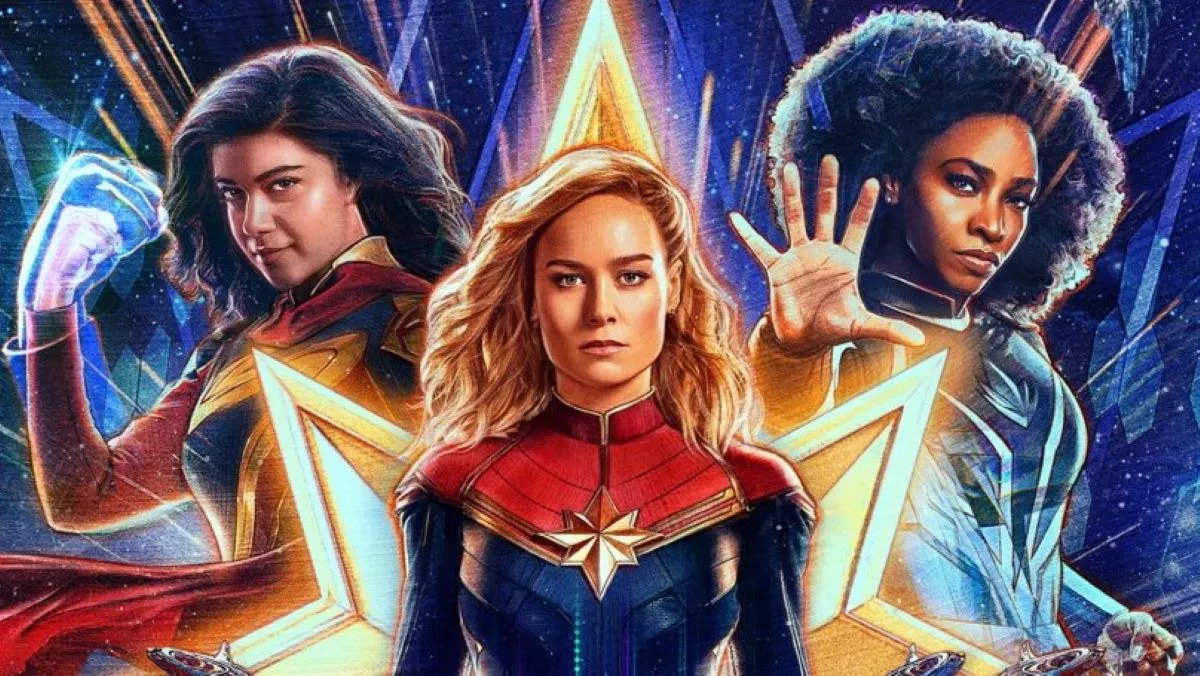
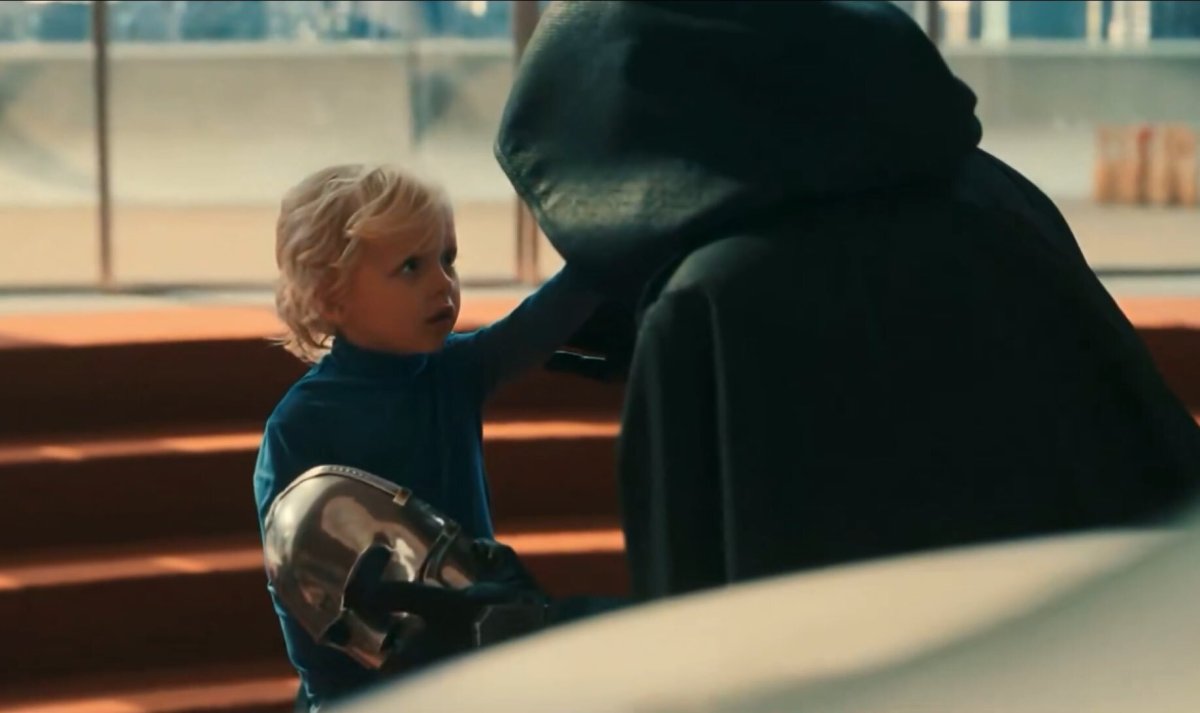
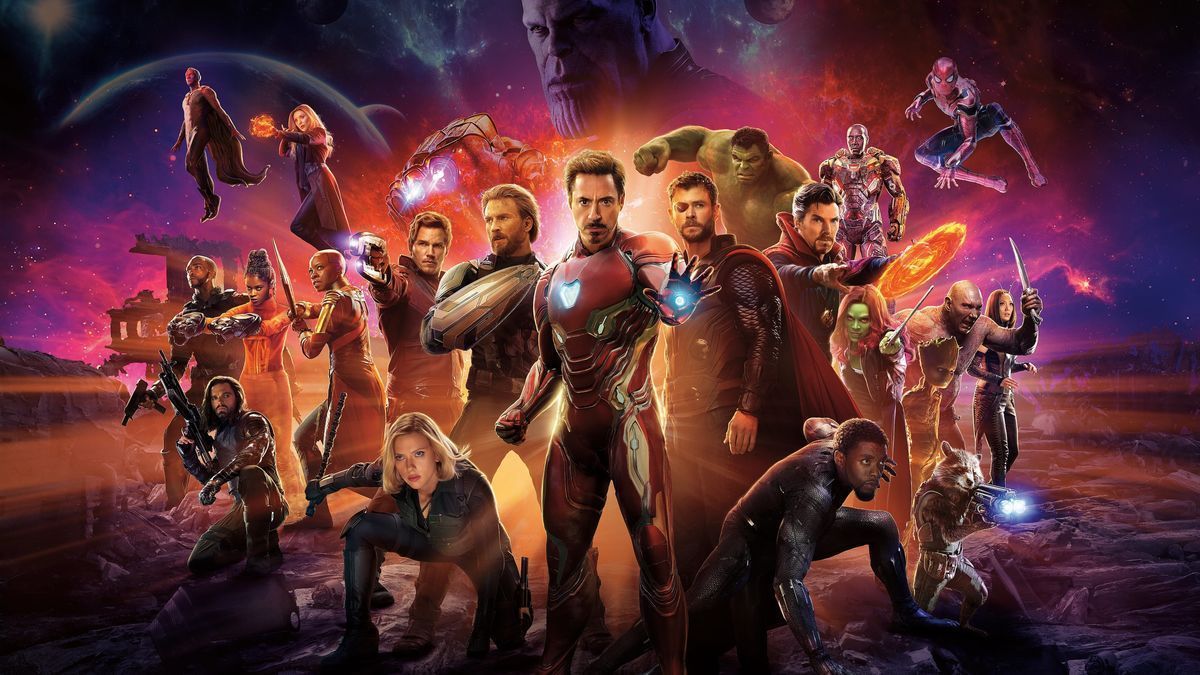
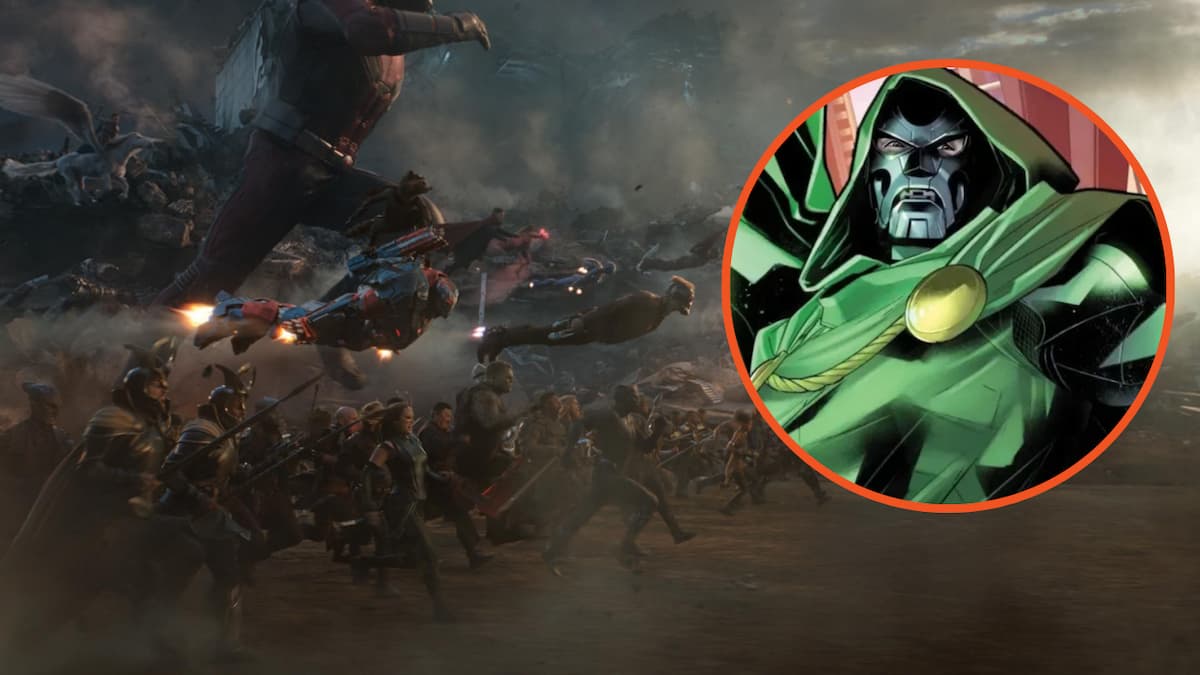
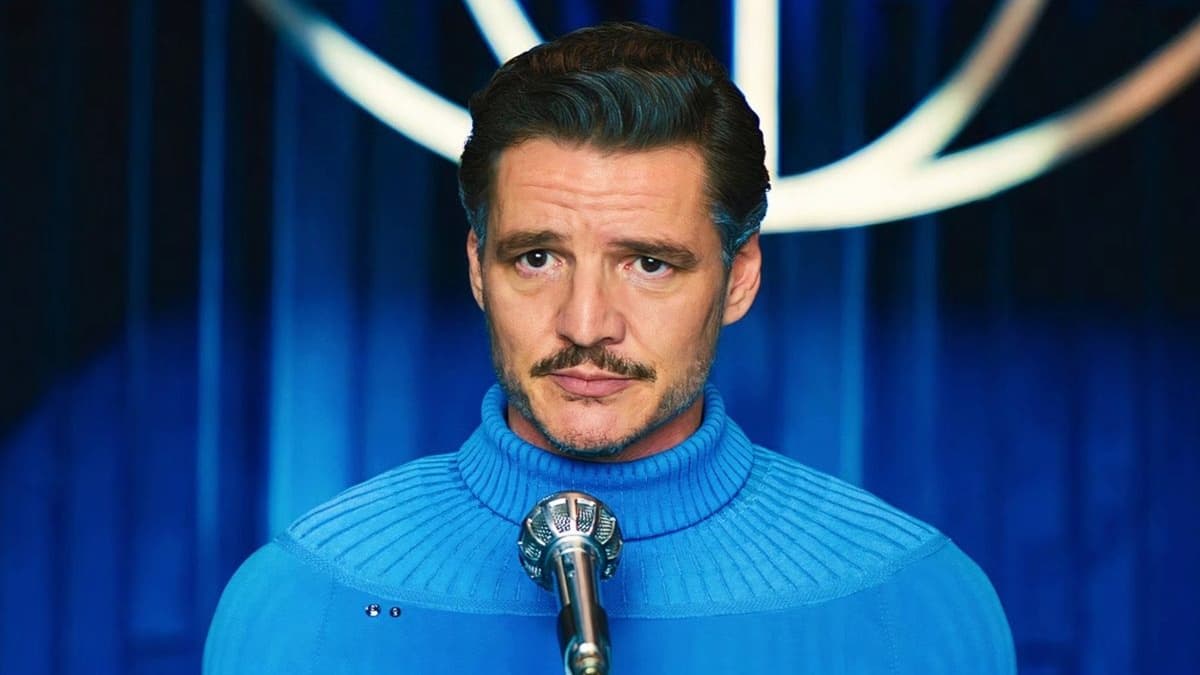
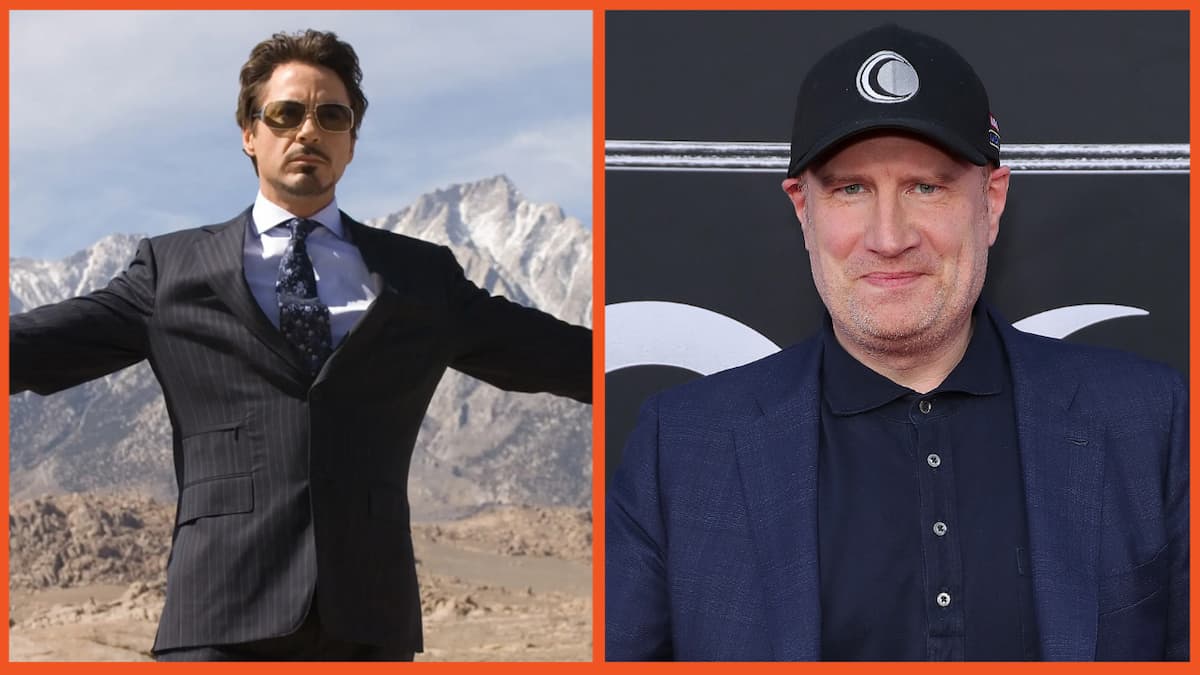
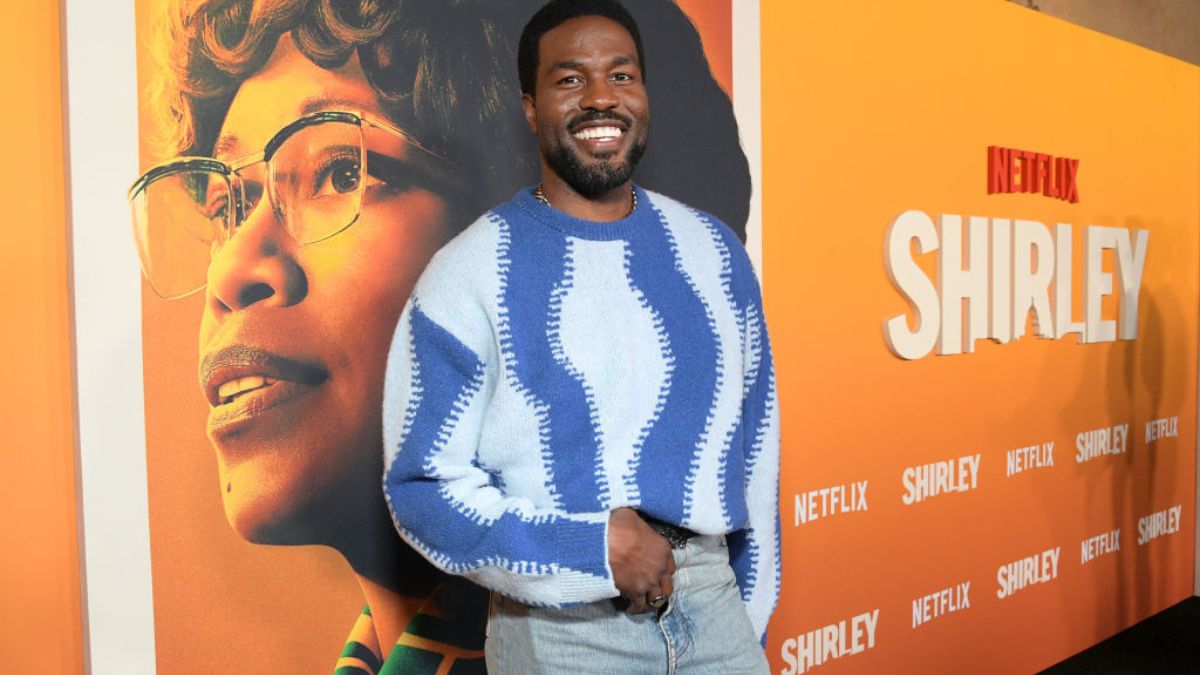
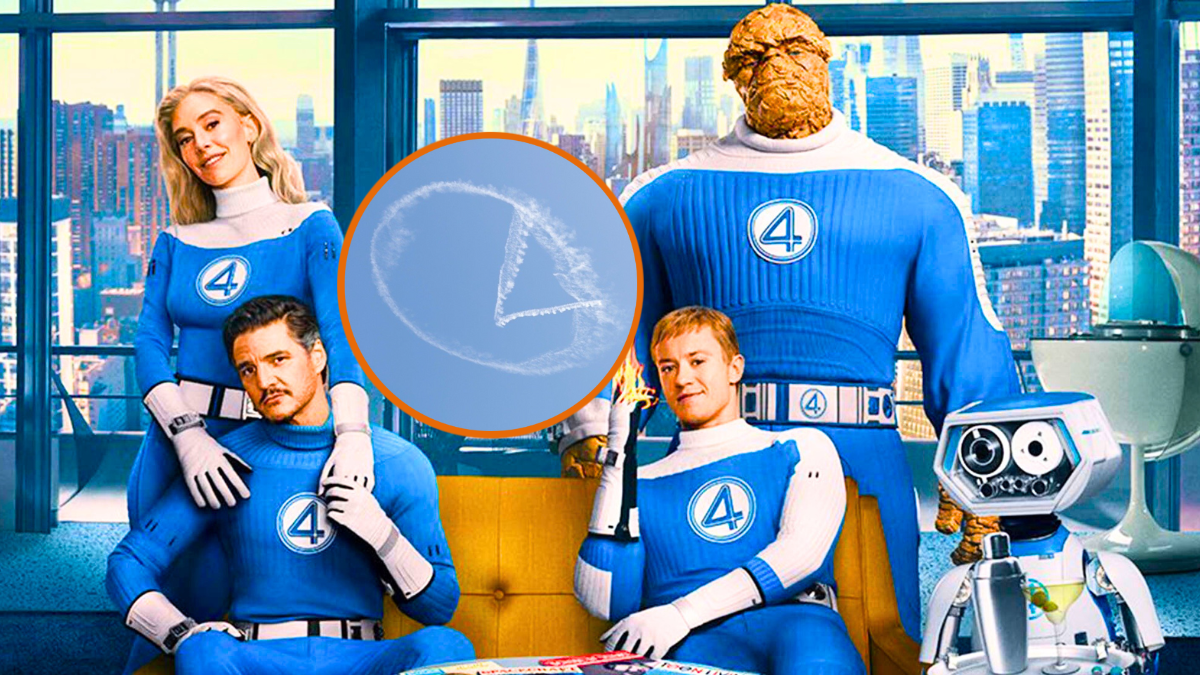
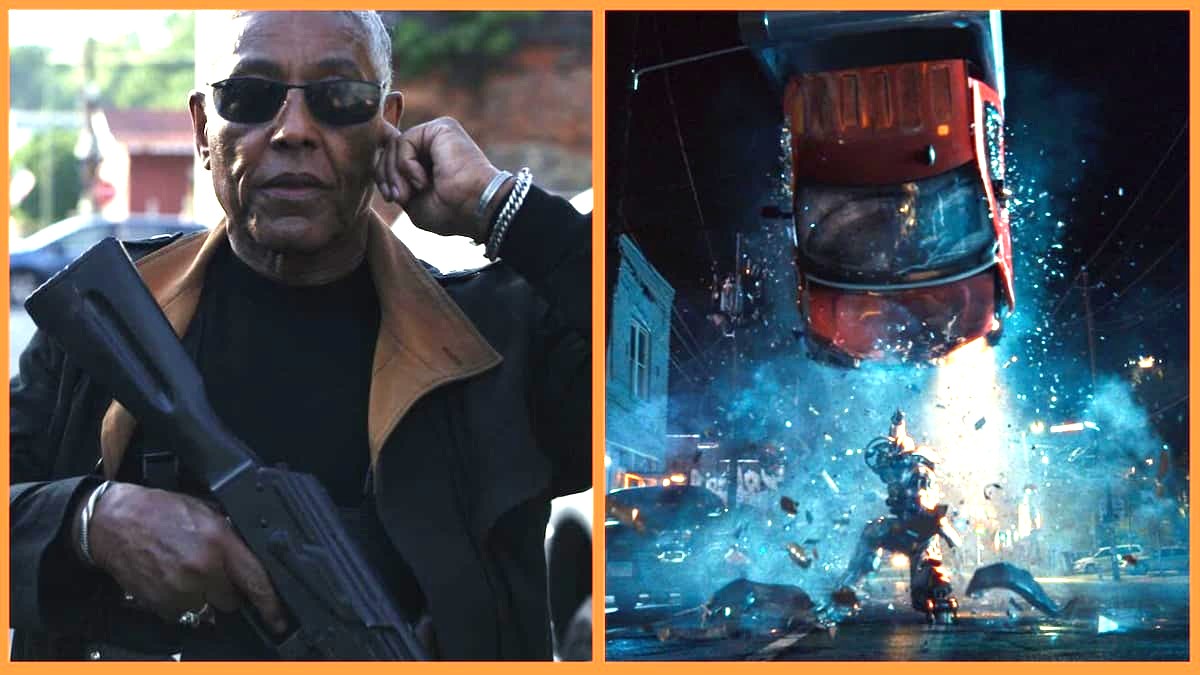

Published: Sep 19, 2023 08:30 pm